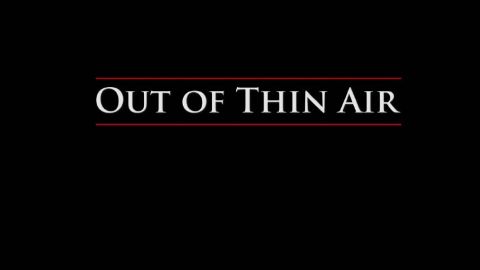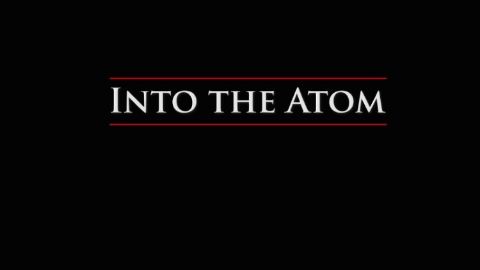The Mystery of Matter: Search for the Elements • 2015 • 3 episodes • 2h:48m
One of science’s great odd couples — British minister Joseph Priestley and French tax administrator Antoine Lavoisier — together discover a fantastic new gas called oxygen, overturning the reigning theory of chemistry and triggering a worldwide search for new elements. Soon caught up in the hunt is science’s first great showman, a precocious British chemist named Humphry Davy, who dazzles London audiences with his lectures, introduces them to laughing gas and turns the battery into a powerful tool in the search for new elements.
Part 1 • 2015 • Physics
Over a single weekend in 1869, a young Russian chemistry professor named Dmitri Mendeleev invents the Periodic Table, bringing order to the growing gaggle of elements. But this sense of order is shattered when a Polish graduate student named Marie Sklodowska Curie discovers radioactivity, revealing that elements can change identities — and that atoms must have undiscovered parts inside them.
Part 2 • 2015 • Physics
Caught up in the race to discover the atom’s internal parts — and learn how they fit together — a young British physicist, Harry Moseley, uses newly discovered X-rays to put the Periodic Table in a whole new light. And a young American chemist named Glenn Seaborg creates a new element — plutonium — that changes the world forever, unleashing a force of unimaginable destructive power: the atomic bomb.
Part 3 • 2015 • Physics


